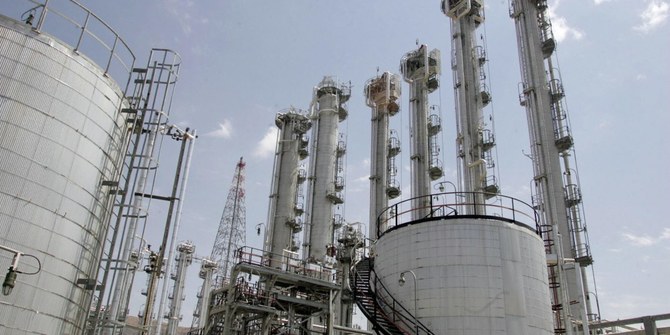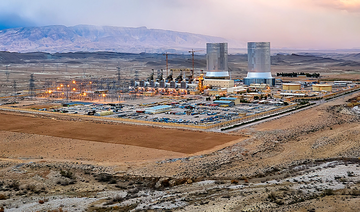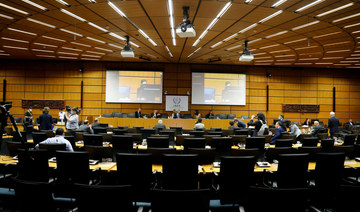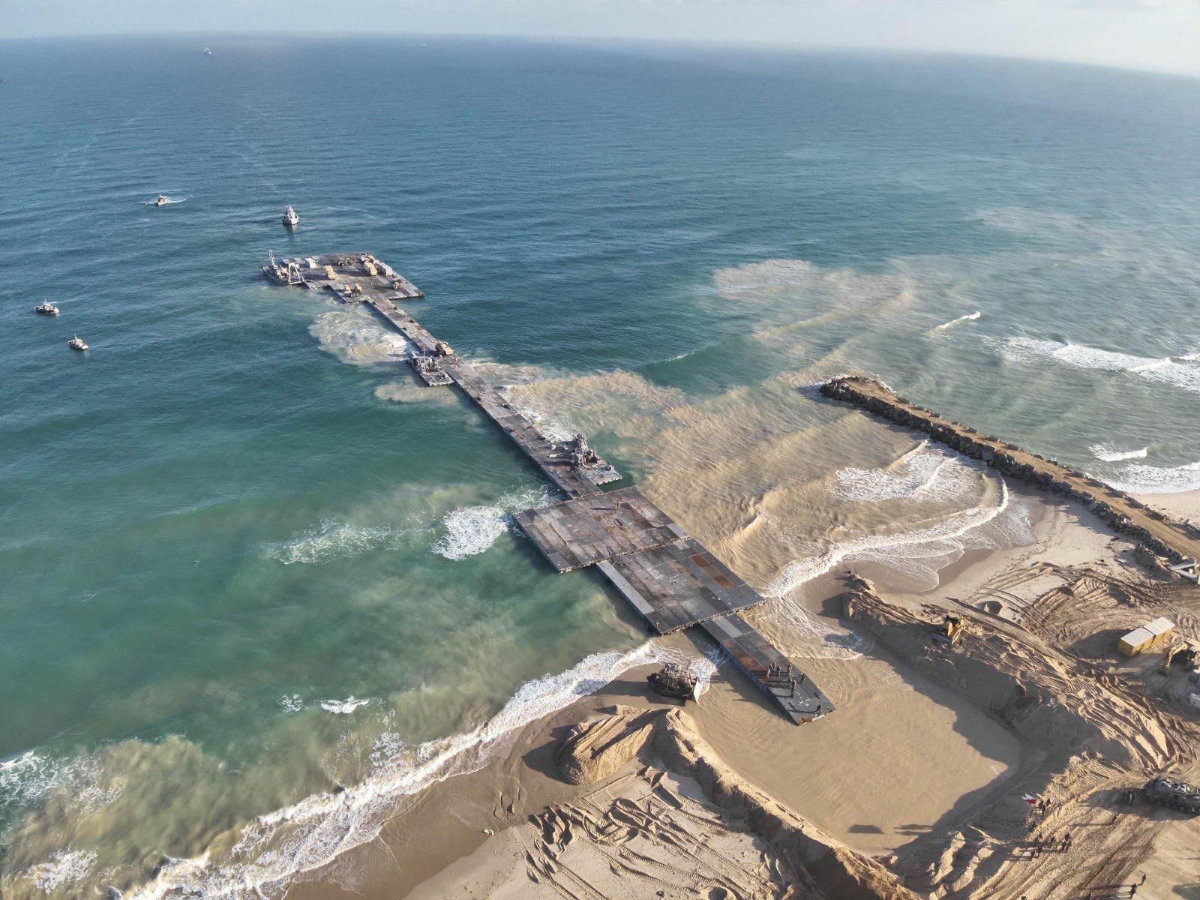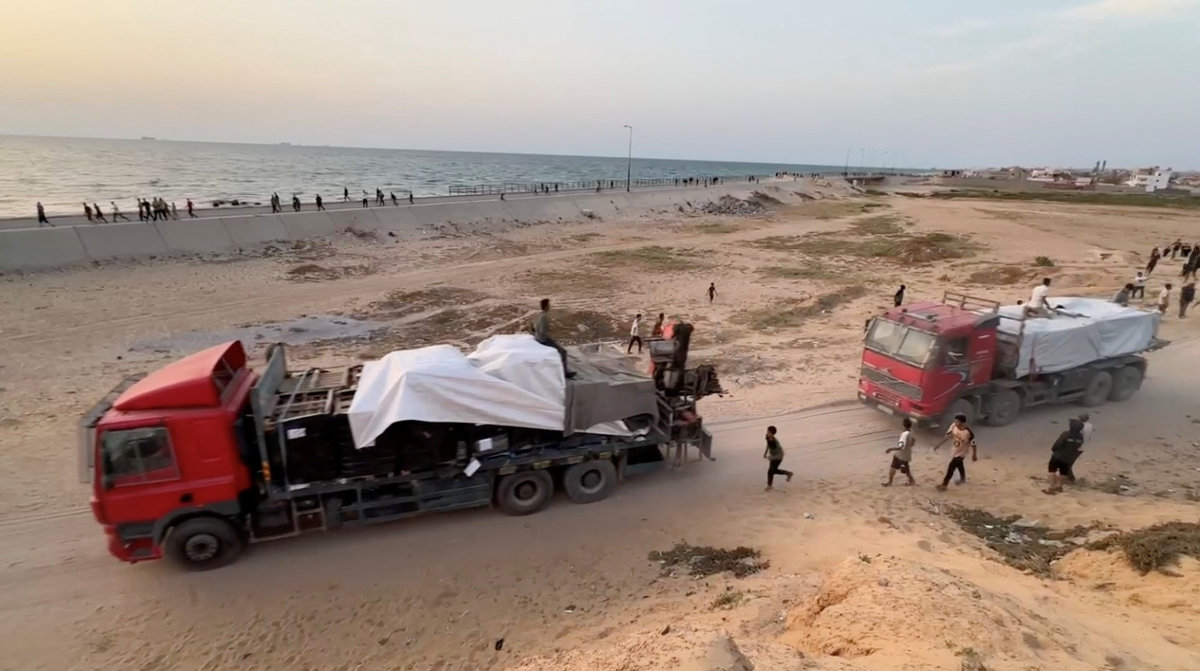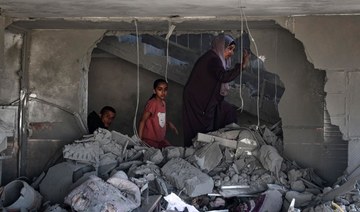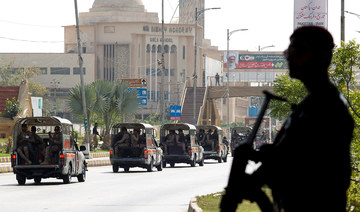CHICAGO: Officials of the International Atomic Energy Agency (IAEA) have asked the National Council of Resistance of Iran (NCRI) to provide details of their claims that Iran maintains a secret nuclear site hidden from the world as a UN-mandated nuclear arms embargo on Iran expires this week.
Lifting the UN arms embargo against Iran will allow Tehran to purchase and sell military arms with neighboring countries like Syria, Iraq and Yemen, a panel of experts hosted by the Arab Gulf States Institute in Washington (AGSIW) said Thursday. They said Iran will be able to purchase weapons from China and Russia, including hi-tech fighter jets, sophisticated missiles and other weapons, and they agreed that it would allow Iran to pursue its nuclear agenda.
Iranian Parliament-in-Exile member Ali Safavi told the Arab News-sponsored Detroit radio program “The Ray Hanania Show” on Wednesday that the NCRI has evidence that Iran has been operating a secret nuclear facility. During the radio interview, Safavi said the NCRI will disclose the information publicly at a press conference that is scheduled for Friday.
Iran’s plans for building a nuclear weapon have been checked by a UN-mandated embargo that was imposed in July 2007 under the terms of the Joint Comprehensive Plan of Action (JCPOA). The JCPOA expires on Oct. 18. US President Donald Trump said he will impose an embargo on Tehran, but experts said they expect European countries to sell weapons and equipment to Iran once the UN embargo expires.
Those weapons could include “armored combat vehicles, large-caliber artillery, combat aircraft and attack helicopters, warships and more significantly cruise missiles and launchers,” said panel host Hussein Ibish, AGSIW resident scholar.
“All of this has become possible precisely because the US effort to use the JCPOA grievance mechanism didn’t work and nobody wanted to go along with the extension,” he added.
Thursday’s discussion titled “After the Embargo: Iran’s Weapons Agenda and its Regional Impact” also included AGSIW Senior Fellow Ali Alfoneh, AGSIW Non-Resident Fellow David Des Roches, and National Defense University Associate Professor Kirsten Fontenrose.
The military and arms experts agreed the embargo’s ending will not fuel an arms build-up by Iran’s non-state clients, like Hezbollah, but said they expect an increase in Iranian weapons purchases and sales with countries like Syria, Iraq and Yemen, impacting regional security concerns.
“Hezbollah would not be following UN Security Resolutions in any chance,” said Ali Alfoneh. “The biggest impact would not be on the non-state clients of Iran like Hezbollah.”
The lifting of the embargo would open the door to regional governments like Iraq and Syria possibly purchasing weapons from Iran to bolster their arsenals.
“The Iranians have smuggled many embargoed items to their affiliates in the region. But with the embargo being lifted, it makes that volume and that flow much more significant,” Fontenrose said.
“The failure of the JCPOA was a huge shock to the political leadership in Iran,” Alfoneh said.
“The future is very insecure. Even if that administration changes, I am not entirely convinced that presidential candidate Joe Biden would go back to a JCPOA as it was before. It is very likely there will be some changes made to the JCPOA.”
Fontenrose anticipates that regardless of who wins the upcoming US election, she can foresee scenarios in which Israel would strike at Iran’s nuclear facilities with support from their Emirati partners, especially if Israel believes that the US is “too soft” on Iran.
“You are going to have hardliners in Tehran who slow-roll a nuclear deal and either have no deal with the Trump administration ... or you will have Iran at the table but agreeing to very little with the Biden administration,” Fontenrose said.
“What you see is Israel saying we need to do something about this nuclear program if Iran continues to escalate it. If it stays in place it is a different story. But if Iran continues to ramp up its withdrawal from the JCPOA or ramp up its production, I can see Israel undertaking strikes again against their facilities. And at this point, will we see the UAE involved in the planning, not execution, of those strikes?”



